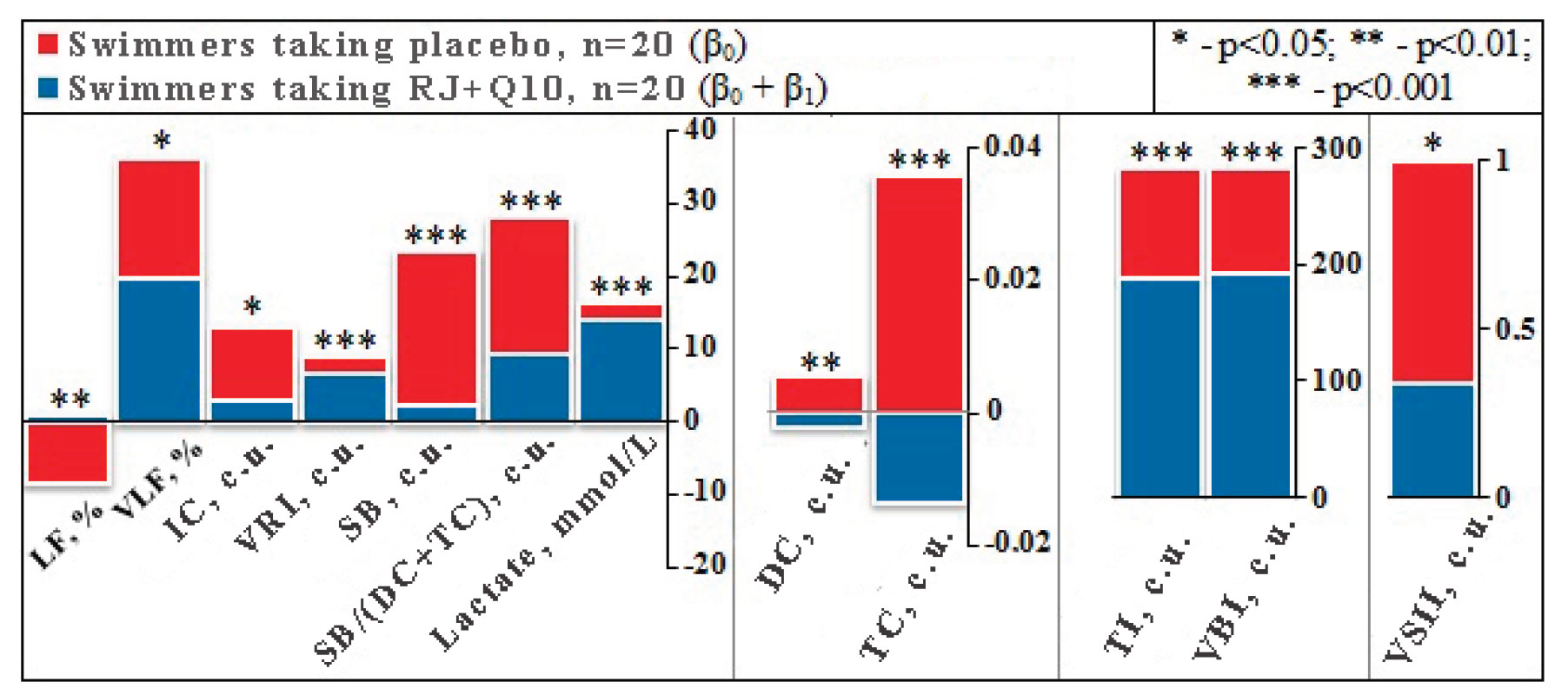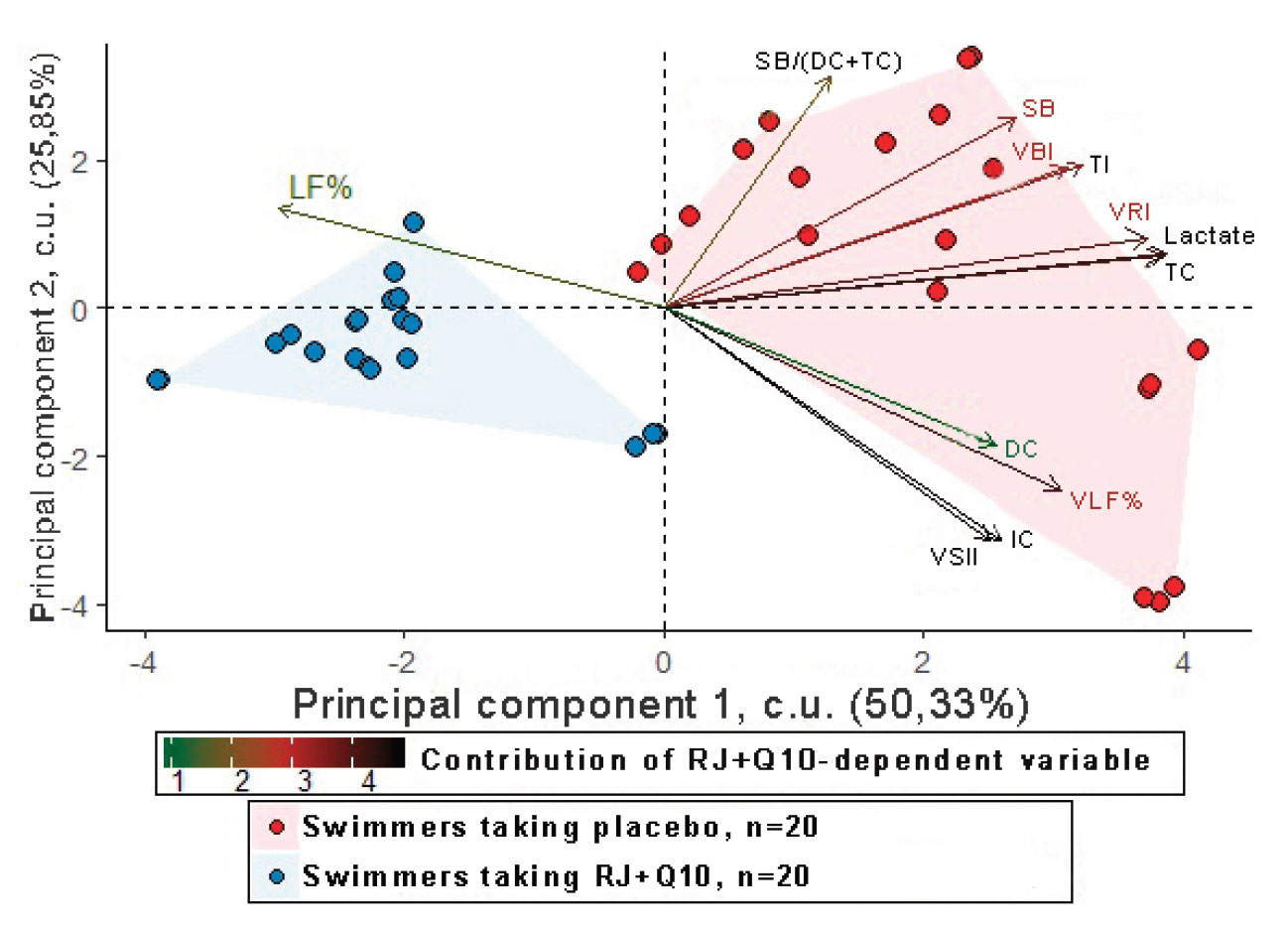Personnel physical fitness tests in national law enforcement system
ˑ:
Dr.Hab., Professor V.A. Ovchinnikov1
Dr.Hab., Professor V.S. Yakimovich1
Dr.Hab. I.L. Gross2
1Volgograd Academy of Ministry of Internal Affairs of Russia, Volgograd
2V.Y. Kikotya Moscow University, Ministry of Internal Affairs, Moscow
Keywords: physical fitness, law enforcement personnel, military service personnel, physical fitness test scale.
Background. Physical fitness for the service is ranked among the key professional qualities by the national law enforcement system [1]. It should be mentioned that despite the efforts to improve the physical training standards, the system still faces many unsolved problems, with the physical fitness testing technologies and standards being ranked high among the outstanding issues. It is a common knowledge that the law enforcement personnel physical training service quality largely depends on the physical fitness test procedures and standards albeit it should be confessed that virtually no serious and detailed studies were run so far in our country to develop a uniform and efficient law enforcement personnel / military service personnel physical fitness test system. The need for the physical fitness quality test technology or at least a technology development method is often reported by the physical education specialists.
Objective of the study was to provide theoretical grounds for and rate benefits of a few law enforcement personnel / military service personnel physical fitness test data rating scales.
Methods and structure of the study. The study was based on the valid law enforcement personnel / military service personnel physical fitness test tables provided by the relevant Physical Education Instructions [2, 3].
Results and discussion. Normally the law enforcement personnel / military service personnel physical fitness test systems apply a set of tests including the racing and swimming time tests (s), prone push-ups tests (count); deadlift tests (kg) etc., with the individual physical fitness test scores estimated based on the test results in points as recommended by the Ministry of Defense and the Ministry of Internal Affairs [2, 3]. The test data is normally converted in points using a few special scales. Modern sports and physical education systems give preference to the following four conversion scales: proportional, progressive, regressive and sigmoid [4], with each of them having its advantages, specifics and goals.
Given on Figure 1 is the law enforcement personnel physical fitness test data rating scale in application to the prone push-ups test. The scale is rather universal in some aspects and specific in the others. Till 10 counts the scale is regressive i.e. the equal increments are rated by different points. Thus the 1-3 push-ups are rated by 5 points and 9-10 push-ups by only 2 points. Later on the scale is transformed to a proportional i.e. every next move scored by 1 point up to 40 push-ups and 2 points thereafter.

Figure 1. Law enforcement personnel physical fitness test data rating scale in application to the prone push-ups test
The progressive scale in this range is advantageous since the higher is the test result the higher is the increment to the score. Therefore, the valid law enforcement personnel physical fitness test data rating scale in application to the prone push-ups test actually combines the regressive, proportional and progressive scaling models.
Given on Figure 2 is the military service personnel physical fitness test data rating scale in application to the same prone push-ups test. This scale is proportional till 40 push-ups scored by 2 points each; with the scores beginning from 13 push-up scored by 6 points and 2 points thereafter, i.e. 8 points for 14 push-ups and so on. After 45 push-ups, every next move is scored by 1 point only i.e. the scale becomes regressive to a degree despite being proportional on the whole.

Figure 2. Military service personnel physical fitness test data rating scale in application to the prone push-ups test
Therefore, the military service personnel physical fitness rating scale is partially proportional and partially regressive. Much the same situation is typical for many other physical fitness rating scales including those applicable to many physical qualities (speed, endurance, coordination abilities etc.) in the gender-unspecific law enforcement personnel / military service personnel physical training systems. It should be mentioned that experts well know that different scales are applied as required by the test goals. Thus the proportional, progressive and regressive scales are popular in the modern sports since they are rather helpful in motivating the athletes for competitive progress. Progressive scales are particularly popular in the modern swimming, some track and field sports and weightlifting. Proportional scales are widely applied in the combined sport disciplines including pentathlon, Nordic combined and decathlon. And the regressive scales are fairly traditional for some jumping and throwing disciplines.
The above scales are not that popular in the modern physical education (preschool, school and university) systems which missions and goals are different from the competitive progress related ones. Most beneficial in this case is the sigmoid scale that prioritizes the mid-range progress, with improvements in the extreme (bottom and top) ranges of the scale rated much lower to encourage an all-round harmonized physical progress in every physical quality rather than attain some sport-specific peaks. This is the prime reason for us to recommend a sigmoid scale for the law enforcement personnel / military service personnel physical fitness rating purposes. Given on Figure 3 is the sample sigmoid scale applicable for the military service personnel physical fitness test data rating purpose.
This sigmoid scale rates the 1-15 and 46-60 push-ups by 1 point; 26-35 push-ups by 3 points; and the 16-25 and 36-45 push-ups by 2 points. We believe that this sigmoid scale is highly beneficial for the law enforcement personnel / military service personnel physical fitness rating purposes as it gives a special priority to the harmonized physical progress aspect.

Figure 3. Sigmoid scale for the law enforcement personnel / military service personnel physical fitness rating push-ups test
Conclusion.The above approach and the sample sigmoid scale in application to the law enforcement personnel / military service personnel physical fitness test data on the whole and prone push-ups test in particular – may be used to design the physical fitness test data scoring matrixes for a variety of the standard physical fitness tests applied by the law enforcement personnel / military service personnel training academies to make the personnel highly fit for the service missions. It should be mentioned that special studies are still needed to offer the baselines and upper limiting values for the service-specific law enforcement personnel / military service personnel physical fitness test systems.
References
- Ovchinnikov V.A., Yakimovich V.S. Fizicheskaya podgotovka [Physical training]. Textbook. Volgograd: VA MVD Rossii publ., 2014. 552 p.
- Prikaz MVD Rossii # 1025 ot 13.11.2012 goda «Ob utverzhdenii Nastavleniya po organizatsii fizicheskoy podgotovki v organakh vnutrennikh del Rossiyskoy Federatsii» [Order of the Ministry of Internal Affairs of Russia No. 1025 dated November 13, 2012 “On the approval of Guidelines on organization of physical training in the internal affairs bodies of the Russian Federation”.
- Prikaz Ministerstva oborony RF # 200 ot 21.04.2009 «Ob utverzhdenii Nastavleniya po fizicheskoy podgotovke v Vooruzhennykh Silakh Rossiyskoy Federatsii» [Order of the Ministry of Defense of the Russian Federation No. 200 dated 04/21/2009 “On Approval of Guidelines on Physical Training in the Armed Forces of the Russian Federation”].
- Smirnov Yu.I., Polevshchikov M.M. Sportivnaya metrologiya [Sports Metrology]. Textbook for students of pedagogical universities. M.: Akademiya publ., 2000. 232 p.
Corresponding author: kole235@mail.ru
Abstract
Physical fitness for the service is ranked among the key professional qualities by the national law enforcement system. The article analyzes the issues of accuracy and relevance of the personnel physical fitness tests applied in the law enforcement system and Armed Forces. Our analysis of the test scales applied in the personnel physical fitness tests by the national law enforcement system and Armed Forces come in conflict with the test scales applied by the national civil physical education and sport system. That was the reason for us to offer a frame concept of the personnel physical fitness test scale for the service physical fitness rating purposes. The new sigmoid test scale was designed to prioritize the physical fitness progress in the middle section of the test data range and largely neglect the physical fitness progress extremities (very low and very high values). The test scale design will encourage the harmonized, multisided and sustainable physical fitness progress rather than its extreme manifestations.


